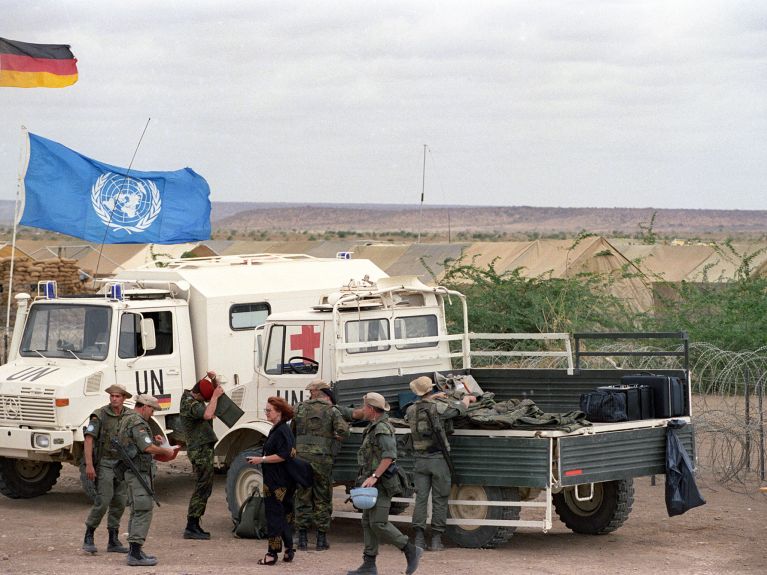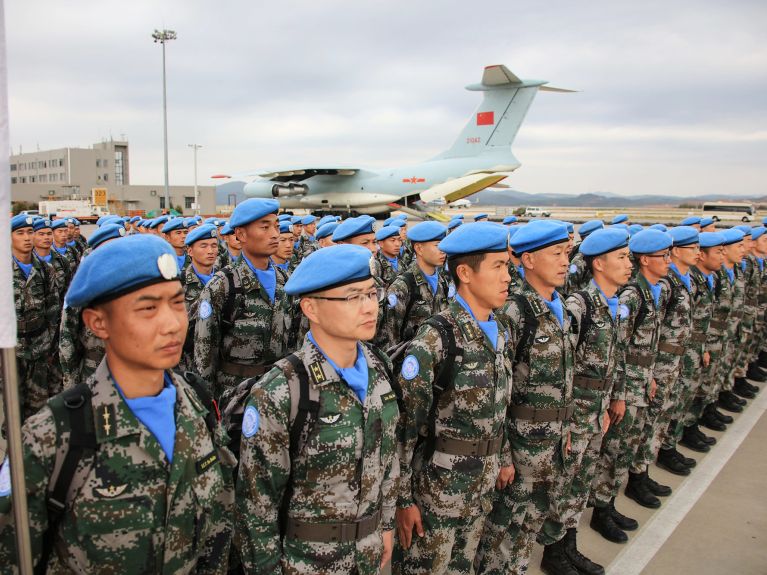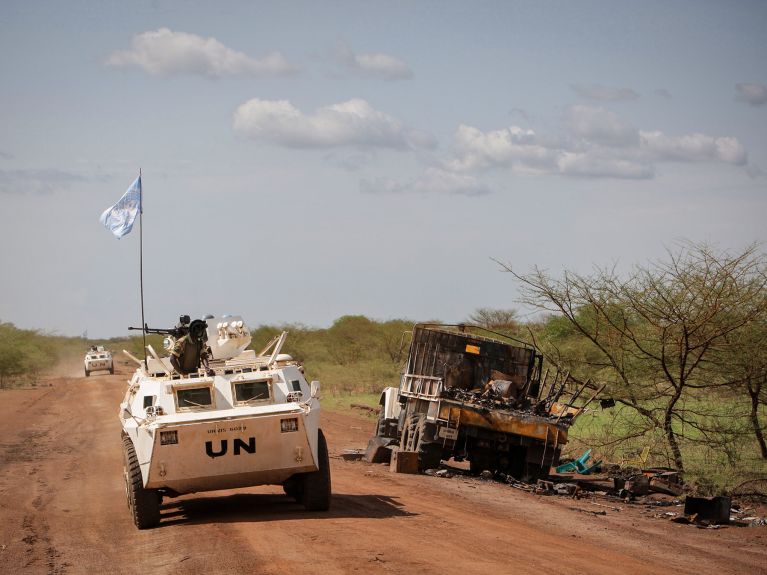Building and maintaining peace
The peace and conflict researcher Thorsten Gromes examines how societies find peace after a civil war.

“When are attempts to build and maintain peace successful? And what is the measure of success? Democratic structures, low unemployment and the proportion of children who go to school? All are important goals, but success means first and foremost the permanent ending of armed force. That’s a big job, as demonstrated by the many repeated outbreaks of civil wars.

As an employee of the Leibniz Institute and Hessian Foundation for Peace and Conflict Research, I deal with the question of the conditions under which peace will remain stable after a civil war. What do prominent peacekeeping instruments, such as the deployment of peacekeepers, do? I investigated civil wars that ended after 1990. In seven out of 22 cases, another war broke out within a few years, even though peacekeepers were in the country.
Contrary to what is often thought, success and failure didn’t depend so much on the peacekeeping mission itself, on its equipment, composition or mission statement. More decisive were features of the civil war itself. For example, the way the war was ended made a big difference. After military victories or peace agreements, the peace usually held, while after mere truces a renewed outbreak was much more common. Intensively waged civil wars and conflicts between ethnically defined parties make peacekeeping difficult. The same applies to a military balance between the conflicting parties at the end of the war.
In another research project, I’m examining what are called “humanitarian” military interventions after the Second World War. These are operations with the declared goal of protecting the population of the country in question from violence. Well-known examples are Bosnia-Herzegovina and Kosovo in the 1990s and currently Libya and Mali.

Although violence in Syria has been very prominent in the media for years, there was no comprehensive humanitarian military intervention here to end the war. The chances of success for such an intervention were low, among other things because of the multiplicity of actors and the strong entanglement with other conflicts in the region. Overall, however, little is known about the conditions under which humanitarian military intervention reduces or exacerbates violence. To find out more is the goal in this project.”
Dr Thorsten Gromes is a research associate at the Leibniz Institute and Hessian Foundation for Peace and Conflict Research in Frankfurt.
You would like to receive regular information about Germany?
Subscribe here:


